I'm a beginner in electronics and I have some questions about the diagram I made.
- Do you have a recommendation for the charger? Or is it easy enough to build one?
R4 is needed or not? I don't know because of the presence of R2.- The voltage divider (R1+R2) is a good choice to lower the voltage for the MOSFETs (max 20 V) or I should do it differently?
- I missed something important?
When the power supply is ON, it has to be the source for the power delivery (PD) modules and the charging circuit. And when OFF, the power for the PD modules must automatically be from the batteries.
I don't want to use any mechanical relays and it's OK if I have to do something more complex. My goal is to do something good and to learn what I need for that.
Thank you!
Updated version after the answer of @AnalogKid
Based on this diagram (https://www.microtype.io/lithium-ion-battery-charger-circuit-load-sharing/)



